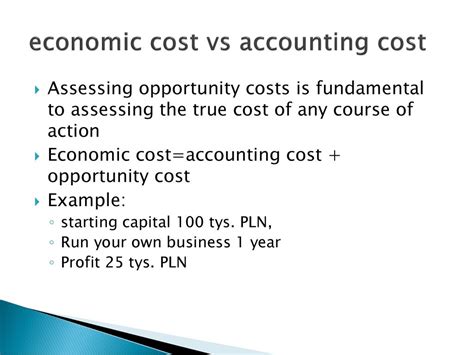The rise of Defi, a new era in cryptocurrency: a look at the impact of Polkadot
The cryptocurrency world has undergone significant transformations in the last decade. The increase in decentralized (defi) finances, facilitated by blockchain technology and the growing adoption of cryptocurrencies such as Bitcoin (BTC) and Ethereum (ETH), has revolutionized the way people interact with financial systems. Defi, abbreviated for decentralized finances, refers to a point-to-point loan network, loans, negotiations and other financial services that operate on blockchain platforms.
One of the main players of this space is Polkadot (DOT), a decentralized platform that aims to allow interoperability between different blockchain networks. In this article, we will delve deeper into Defi’s world and explore how Polkadot is transforming financial systems, with an emphasis on its potential impact on the traditional banking sector and the rise of cryptocurrency.
The rise of Defi
Defi emerged in 2016 as a response to the limitations of centralized finances. Cryptocurrencies like Bitcoin and Ethereum were mainly used for speculation rather than everyday transactions. However, as more people began to invest in cryptocurrencies, they realized that traditional financial systems were not projected safely or efficiently in mind.
The movement will capitalize on this opportunity by creating a new ecosystem, where blockchain -based applications can operate without the restrictions of traditional financial networks. Platforms Defi as Compound (comp) and AAVE (Lend) provide loan services, allowing users to lend and lend cryptocurrencies using smart contracts. This allows the most efficient use of resources and reduces transaction costs.
POLKADOT: A bridge for interoperability
Polkadot is a blockchain platform that seeks to connect different blockchain networks through a network effect. The name “POLKADOT” comes from the phrase “POLKADOT”, used in ancient Greek mythology to describe the intersection of various paths.
In Defi, Polkadot acts as a bridge between different blockchain networks, allowing them to communicate and interact with each other perfectly. This is achieved through the creation of “chain bridges” that allow the exchange of actives in different blockchains.
Polkadot interoperability resources have significant implications for traditional financial systems. For example:
- Cross chain loans : With POLKADOT, users can lend and lend cryptocurrencies on multiple blockchain networks, eliminating the need to transfer funds between chains.
- Tokenized actives : Polkadot allows to create tokenized actives on different blockchain networks, making it easier to buy and sell these tokens from investors.
3.
Impact on financial systems
Defi and Polkadot’s rise has been significant in the transformation of financial systems:
- Increased cryptocurrency adoption : The movement defined the adoption of cryptocurrencies such as bitcoin, ethhereum and others.
- Improved safety
: Blockchain -based platforms have allowed safer transactions, reducing the risk of fraud and theft.
- Reduced intermediaries : Platforms Defi reduced the need for intermediaries in financial transactions, making them more efficient and economical.
POLKADOT: A watershed
Polkadot’s impact on financial systems is particularly significant, given its role as a bridge between different blockchain networks. By allowing for interoperability between these chains, Polladot has created a new paradigm for Defi that is ready to interrupt traditional financial systems.


 Cart is empty
Cart is empty 



